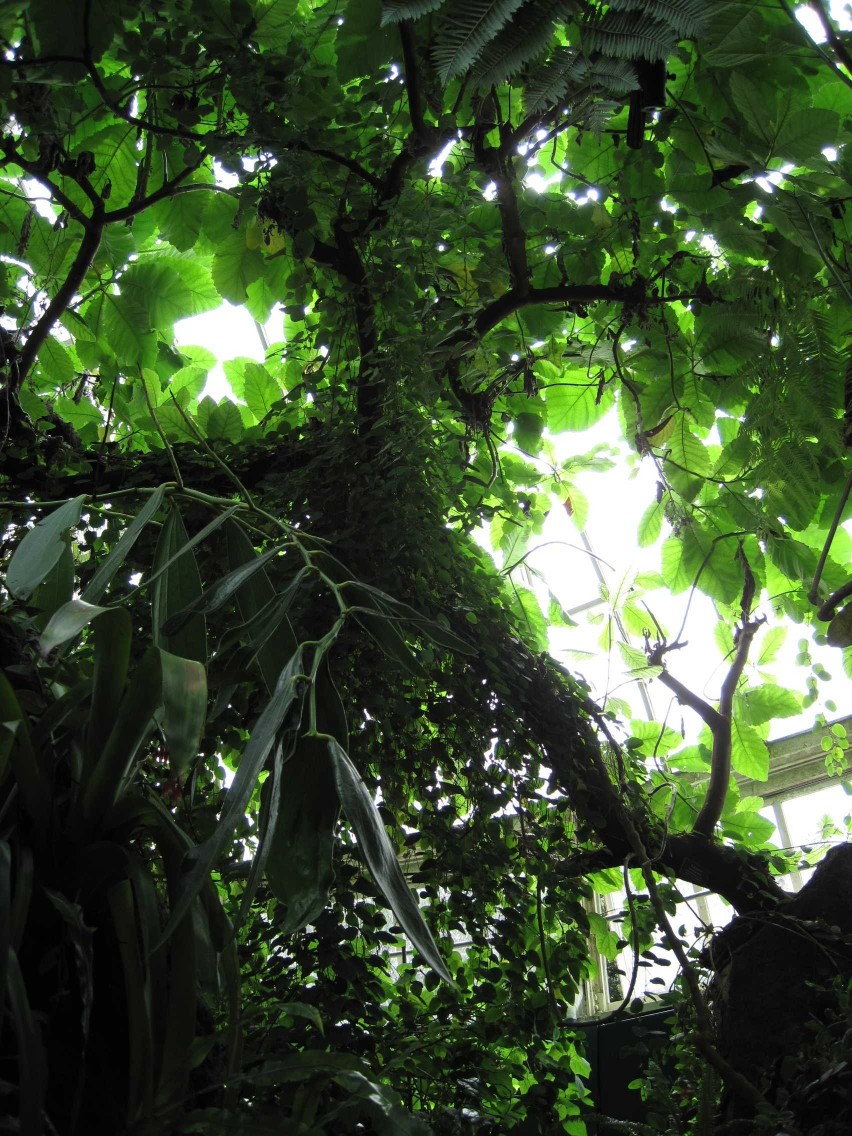While I was doing research for this week’s post on de-extinction, I came across an article by George Monbiot on the phenomenon of “accidental rewilding” that I thought was worth sharing.
I loved the book The World Without Us, which describes how rapidly nature would move in and erase the artifacts of civilization if human beings weren’t there to act as caretakers and groundskeepers. The author, Alan Weisman, cites a few places where this has happened, like the village of Pripyat near Chernobyl, or Varosha, a resort town in Cyprus that fell in the no-man’s-land between the 1974 Greek-Turkish partition of the island.
Monbiot provides another example: the Kočevski Rog, a highland region in southeastern Slovenia that was depopulated by the violence of World War II and never resettled. In just a few decades, the woods have regenerated and the land has returned to wilderness:
So tall and impressive are the trees now and so thickly do they now cover the hills that when you see the old photos — taken, in ecological terms, such a short time ago — it is almost impossible to believe that you are looking at the same place. I have become so used to seeing the progress of destruction that scanning those images felt like watching a film played backwards.
…The mountains rambled across the former Yugoslavia, fading into ever fainter susurrations of blue. The entire range was furred with forest. Where the road sank into a pass, the darkness closed around us. Through the trunks I could see the air thicken, shade upon shade of green. A few yards from the road, a fox sat watching us. Its copper fur glowed like a cinder in the shadows, which cooled to charcoal in the tips of its ears. It raised its black stockings and loped away into the depths. Woodpeckers swung along the track ahead of us.
The leaves of the beeches glittered in the silver light above our heads. The great firs grazed the sun, straight as lances. They looked as if they had been there forever.
‘All this,’ Tomaž told us, ‘has grown since the 1930s.’
This vast, seemingly pristine forest has grown in less than a hundred years – an ecological eyeblink. It’s a cheering thought to think that, in spite of all the damage we’ve done, nature is resilient. Even pushed to the margins, it still stands ready to return, if only we’d stand down and get out of the way.
And other than the fact that the Kočevski Rog was depopulated violently, it may be giving us a glimpse of the future. Already, a majority of humans live in cities, and by 2050 that’s expected to be as high as 70%. As megacities exert their gravitational pull, it’s likely that vast stretches of the planet’s surface will be peacefully abandoned. I can imagine a future where most people live in urban areas and the rest of the world has been allowed to return to wilderness.
